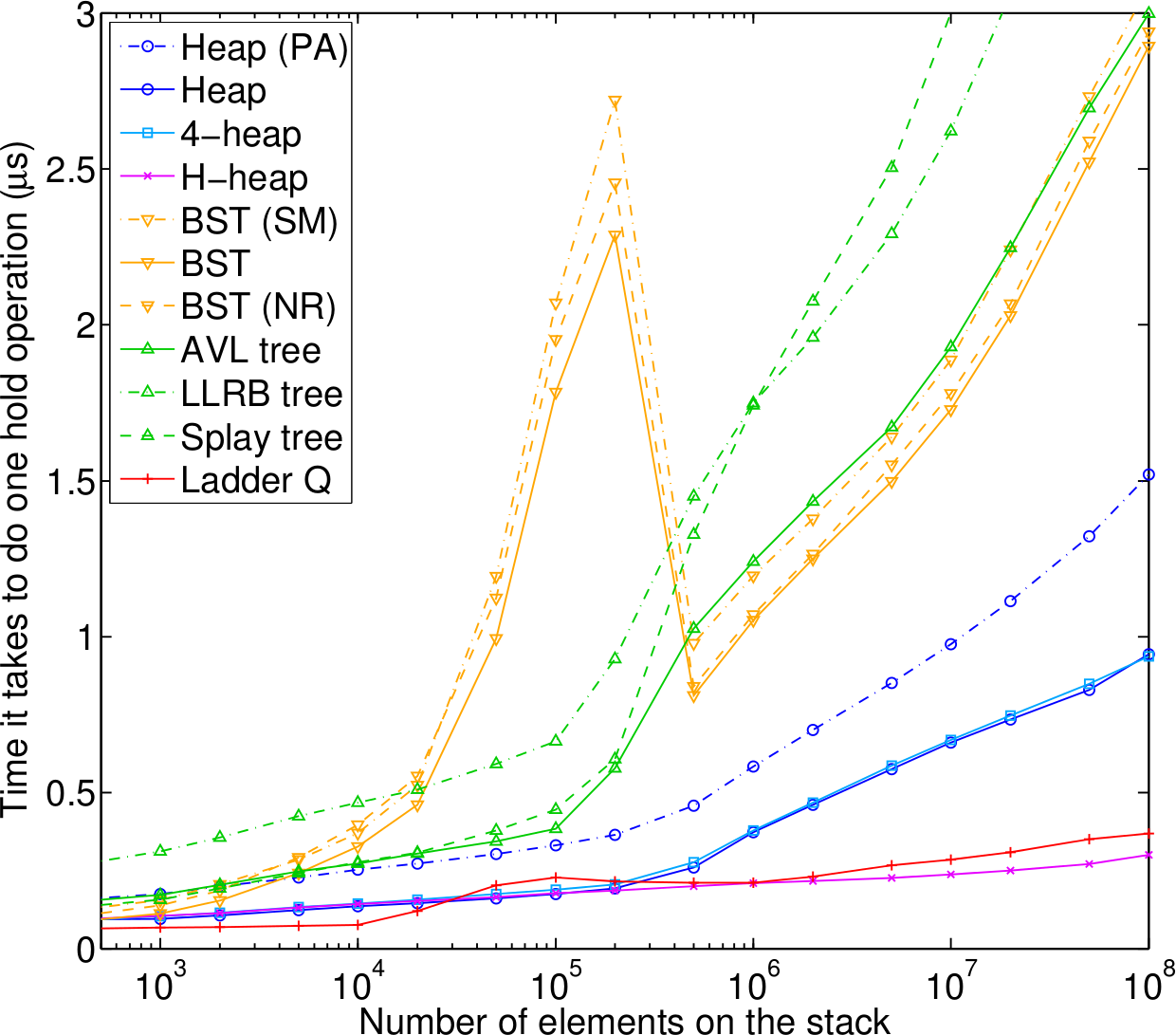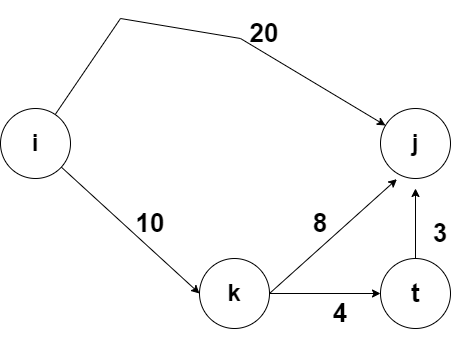#include <bits/stdc++.h>
using namespace std;
typedef long long ll;
bool ch[200];
bool Prime[200];
bool isPrime(int num){
for(int i=2; i*i <=num; i++){
if(num%i==0) return false;
}
return true;
}
//소인수분해
vector<ll> factorSimple(ll n){
vector<ll> ret;
ll sqrtn = ll(sqrt(n));
for(ll div = 2; div<=sqrtn; div++){
while(n%div==0){
n/=div;
ret.push_back(div);
}
}
if(n>1) ret.push_back(n);
return ret;
}
int main(){
ios::sync_with_stdio(0); cin.tie(0);
ch[0] = 1;
for(int i=2; i<100; i++){
cout << i << ' ';
if(isPrime(i)) cout << "is Prime" << '\n';
else cout << "is not Prime" << '\n';
}
//slow erathostenes
for(int i=2; i<200/2 + 1; i++){
if(ch[i]==0){
for(int j=i+i; j<200; j+=i){
ch[j] = 1;
}
}
}
//fast erathostenes;
int sqrtn = int(sqrt(200));
for(int i=2; i<=sqrtn; i++) {
if (Prime[i])
for (int j = i * i; j <= 200; j++) {
Prime[i] = 1;
}
}
return 0;
}i 가 루트 n보다 큰 경우에는
이미 이전에 계산한 적이 있기 때문에 생략할 수 있고,
j가 i*i보다 작은 경우도 마찬가지로
i가 i-1이하일 때 이미 계산된 적이 있기 때문에 생략할 수 있다.
그래서 보다 에라스토테네스 알고리즘을 최적화 할 수 있다.
'Algorithm > etc' 카테고리의 다른 글
| DP 경로구하기 (0) | 2022.06.27 |
|---|---|
| 우선순위 큐와 벡터 정렬 시간복잡도 차이 - Priority queue vs Vector sort (0) | 2022.03.07 |
| Network FLow 최대 유량 알고리즘 (0) | 2022.02.22 |
| cycle 찾기 (0) | 2022.02.21 |
| Segment Tree 구현 코드 C++ (0) | 2022.02.11 |


